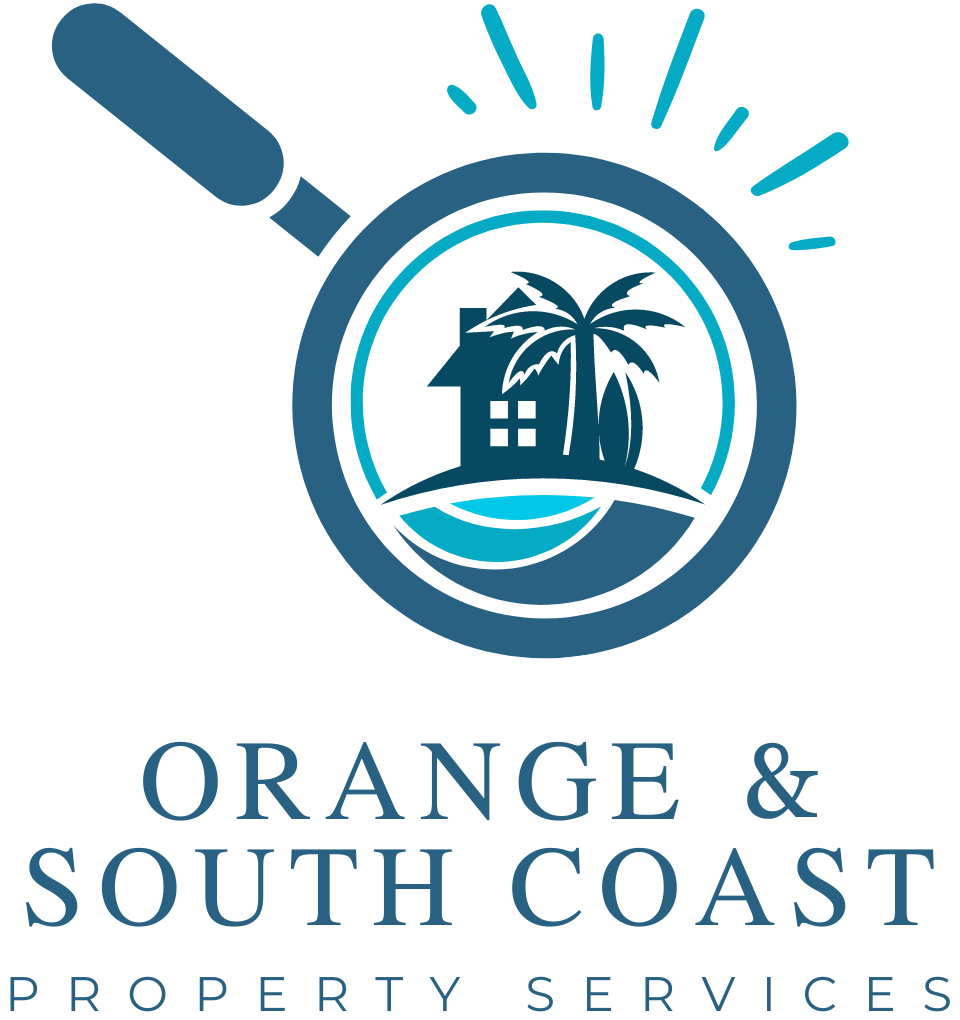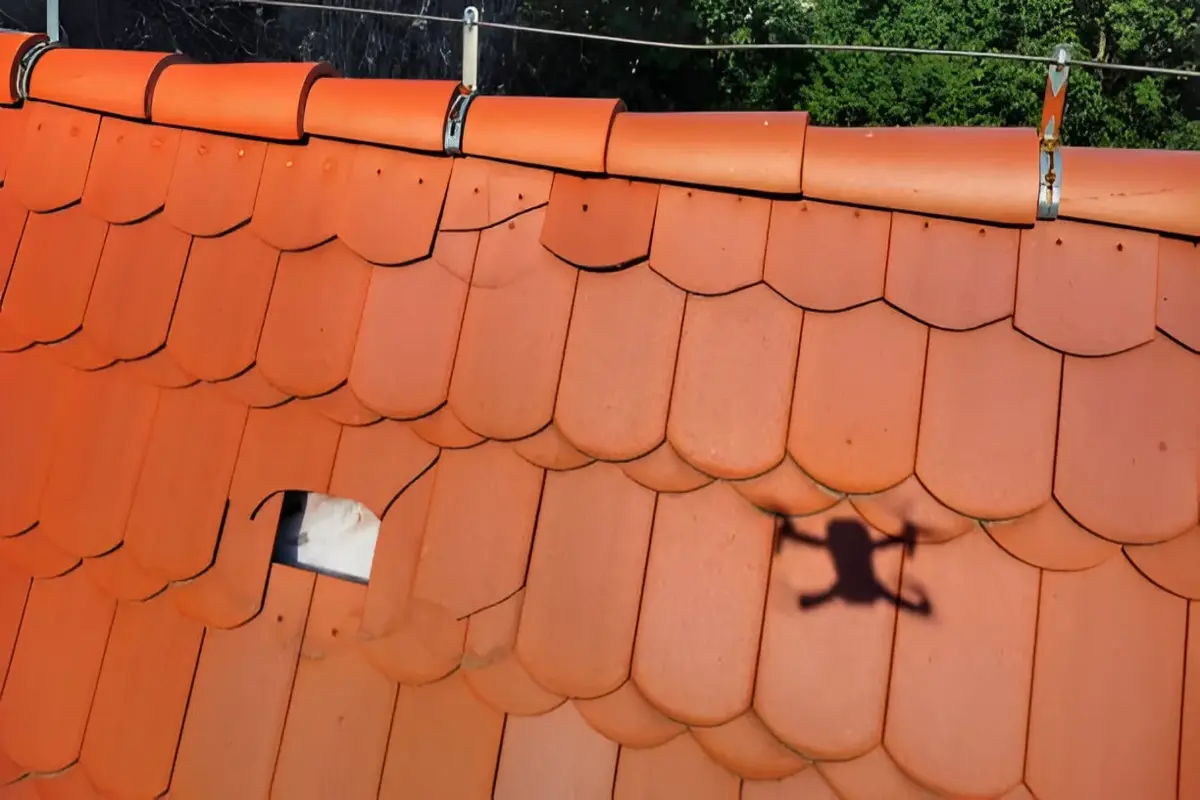Did you know that roofers are included in the U.S. Bureau of Labor Statistics’ list of “Fatal Occupational Injuries by Industry, California, 2021-22?” While this may sound surprising, it’s a reality for us.. Why? Recently, we were told about the experience of a roofer who fell off a roof while performing roof inspections. They suffered severe injuries and faced two choices: either start using a drone for roof inspections or never go on another roof again. After all, their health and life aren’t worth less than the money.
Choosing the former option would have been the smarter choice.
This might sound roofer-specific, but nope, it’s not. Many homeowners also plan on inspecting their roofs on their own. They would want to see if there are any missing or broken shingles after a major weather event, if the roof is deteriorating, etc. If you’re one of these homeowners, we suggest playing smart as well. This means that instead of going on the roof, choose the real-life virtual option: use drones for roof inspections.
In this blog, we will discuss how to use a drone for roof inspections, but first, we will clear your confusion about “Can we really perform roof inspections with drones?”
Can I Use a Drone to Inspect My Roof?
Yes, you can use a drone to inspect your roof, but it’s essential to follow FAA regulations and local California laws.
Let’s start with FAA regulations. In 2016, the Federal Aviation Administration (FAA) introduced new regulations specifically for the commercial use of drones.
Now, what did they say?
These regulations require anyone using a drone outdoors (for a commercial purpose) to get a Remote Pilot Certificate (RPC). Once this is done, the drone needs to be registered and the operator must adhere to specific operational requirements.
And yes, using a drone for a home or roof inspection comes under “commercial purposes.” So, if you’re using a drone outdoors as a part of your inspection process, you need to first get an RPC and register the drone.
Additionally, using drones in California for roof inspections is subject to federal regulations as well as specific local laws. Following are the key points regarding California laws that might affect drone operations for roof inspections:
- City ordinances
- Privacy laws
- No-fly zones
- State parks and protected areas
- Insurance and liability
How Does A Drone Roof Inspection Work?
If you’re curious about how to perform a roof drone inspection or how a roof inspection works, we have divided the process into major steps below.
Step 1: Prepare a Pre-Inspection Checklist
Before starting off with a drone inspection, you need to ensure you’ve the required things ready by your side. Here are some of the must-have(s) for your roof inspection.
- Batteries: The drone’s batteries and spare batteries should be fully charged.
- SD Card: The SD card in your drone must have enough space to collect the data.
- Camera Settings: The camera settings must be in place to ensure it is ready to capture images whenever needed.
- Drone’s Hardware: Don’t forget to check the propellers, sensors, and airframe to ensure they’re all in good working order and the drone is ready to fly.
- Weather: The weather must be reasonable for flying your drone.
Tip: Always consider the amount of time you plan on keeping your drone in flight and make sure that your batteries are healthy enough to last the flight. If you plan on doing multiple inspections in one go, it is better to have multiple batteries with you, just in case.
Step 2: Safety Measures and Legal Compliance
You must establish a safe operating area around your property. Once you do this, it will save you from property damage or injuries if your drone fails to fly and falls out of the sky.
A must:
If you plan on using drones for work, you must have your Part 107 certificate. In fact, you need to have this certificate for any type of roof inspection as it is considered as “work”.
Ensure compliance with local California drone laws related to operation and flight locations.
Step 3: Plan Your Flight
Gear? Check.
Weather? Good.
Legal Compliance? Check.
Now, you’re officially all set to fly your drone, but first, you need to plan its path.
For this, you can use a mapping software that can plan your drone’s flight path. It needs to be comprehensive, providing you detailed roof coverage, giving insights into different angles and perspectives. All of this is important to ensure accuracy and reliability throughout your inspection report and data.
Step 4: Fly!
The preparation is done, and everything is ready. It’s time to put your drone to action and get the inspection started.
Make sure, when the drone flies, it captures high quality photos and/or videos of the entire roof. If you identify any areas of concern on the roof, it could be anything from a damaged chimney or a missing shingle. You need to spend more time inspecting that particular area. This will give you more data to review.
Besides looking for damage, look for areas that need maintenance, such as:
- Gutters filled with snow, leaves, or gunk
- Damage from wasps, birds, etc.
- Backed-up drains or scuppers
Step 5: Create Your Report
Now that you have all the data related to the roof inspection, you need to create a deliverable inspection report.
You can do this using drone roof inspection software. This software will help you stitch your drone photos together to make a complete, detailed visual map of your roof.
Your drone might have given data in different forms, like 3D models, photos, videos, etc. You need to analyze these outputs for yourself, carefully review them, and look for the signs of damage. You can also pass them to a subject matter expert for their review.
All of this will set your deliverables.
Once this is done, you need to put those together as a report that details the key findings from the inspection and highlights the potential issues you found.
Conclusion
Whether you’re a professional roofer or a California homeowner looking to ensure the longevity and safety of your property, drone technology offers an innovative, safe, and comprehensive solution for roof inspections.
With the rising risks associated with traditional roof inspections and the stringent legal requirements, opting for a drone is not just a smart choice—it’s a necessary one.
Following the outlined steps, from legal compliance to careful data analysis, you can get thorough roof inspections that reveal crucial insights without ever setting foot on a ladder. Embrace the future of roof inspections with drones and ensure your roof remains in top condition, protecting both your home and your peace of mind.
Ensure your home is thoroughly inspected from every angle with Orange and South Coast Property Services. Our expert team, featuring a licensed drone pilot and trained home inspector, uses advanced drone technology to capture high-quality images, videos, and 360-degree overviews of your roof and property. Don’t settle for less—choose a safer, more comprehensive inspection today. Contact us now to schedule your drone roof inspection and gain peace of mind knowing your home is in expert hands.

